Why your spreadsheet isn't enough anymore
For years, spreadsheets have been the go-to productivity tool. They’re simple to start with, familiar to everyone, and great for organizing and calculating data. But over time, we’ve stretched them to do much more: manage projects, run processes, even coordinate entire teams. That’s when the problems begin.
Because there’s no structured way of inputting data, information gradually becomes messy and inconsistent. This makes it difficult to set up reliable processes, so teams fall back on manual updates. The manual work piles up, errors creep in, and collaboration suffers.
Over time, spreadsheets begin to slow your team down without you even realizing it.
Why not a database?
If you think of databases as a solution for spreadsheet problems, they come with their own challenges. Because of their sensitive and rigid structure, they require careful setup. On top of that, you need coding skills or a dedicated DB admin to manage them. Sharing restricted views is also tricky, and you have to run endless queries for simple tasks like filtering data.
The modern workplace demands both flexibility and structure—and that need gave rise to spreadsheet-database hybrids.
What is a spreadsheet-database hybrid?
Spreadsheet-database hybrids are designed to bridge the gap between spreadsheets and databases. On the surface, they offer the simplicity of a grid, backed by the power to organize, link, and scale as your needs evolve.
Features of a spreadsheet-database hybrid
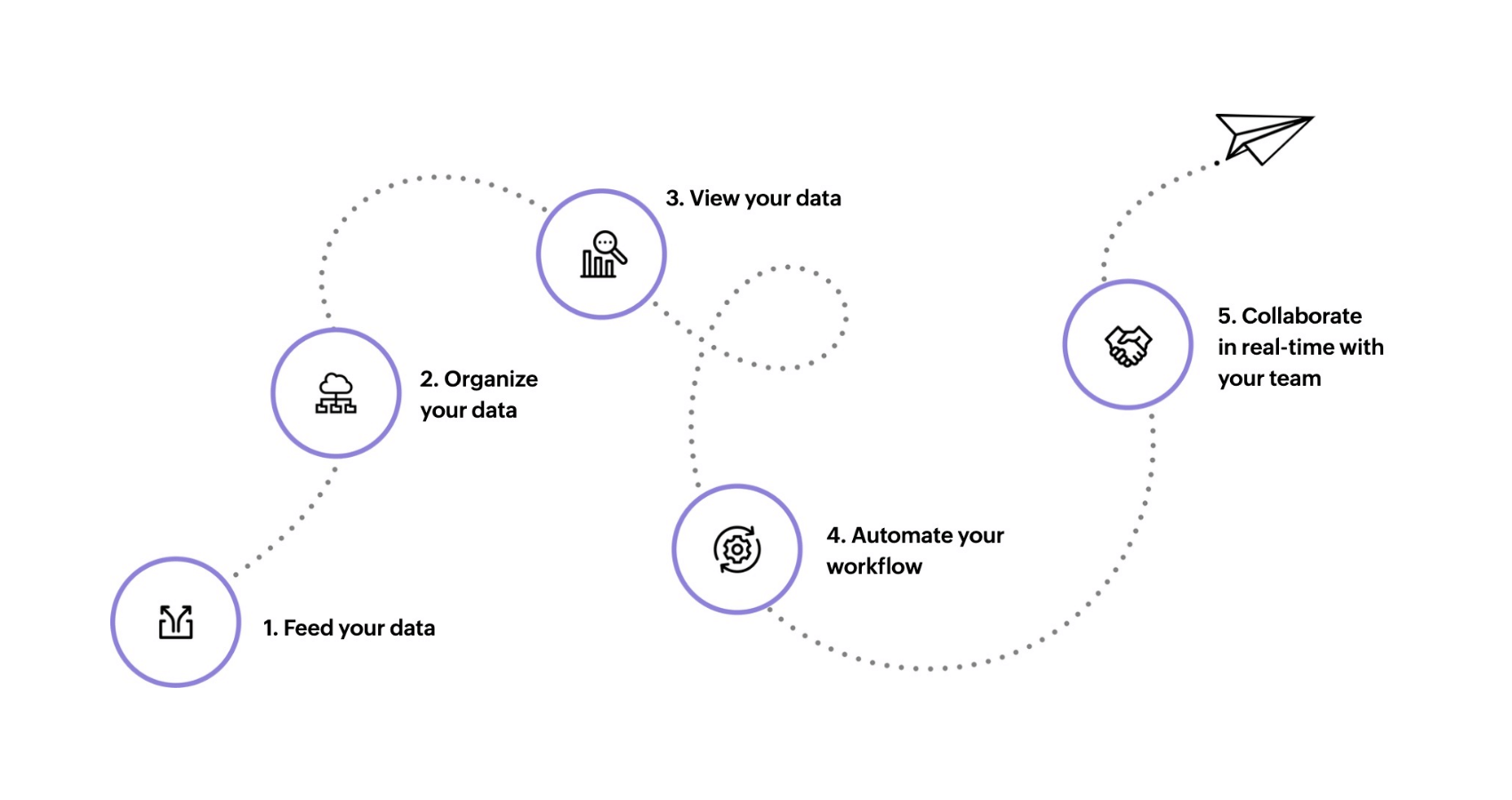
Data organization and relationships
In a traditional spreadsheet, information is often entered in an unstructured way. While this may feel flexible at first, it quickly becomes a hindrance when you try to set up processes. In a spreadsheet-database hybrid, you need to begin with a clear structure. This upfront planning keeps your work consistent and prepares you to operate with a future-ready system.
Beyond organization, you can also build relationships between data, just like in a relational database. Projects link to tasks, employees connect to departments, and products tie to customers, creating meaningful context. The result is a single source of truth: reliable, structured, and connected data that supports smarter decisions and smooth operations.
Multiple Views
A spreadsheet-database hybrid offers different views, allowing you to see the same data in various formats, depending on the nature of the work at hand. Enter your data in the grid view, switch to a Kanban board to track progress, use a calendar to plan timelines, or build a gallery to showcase items visually.
Automated Workflows
Manual updates and repetitive tasks can drain productivity. But a spreadsheet-database hybrid with built-in automation lets you create small workflows that keep your processes moving without intervention. For instance, you can automate notifications or update statuses when conditions are met. This reduces human error and saves time, ensuring your team focuses on what really matters.
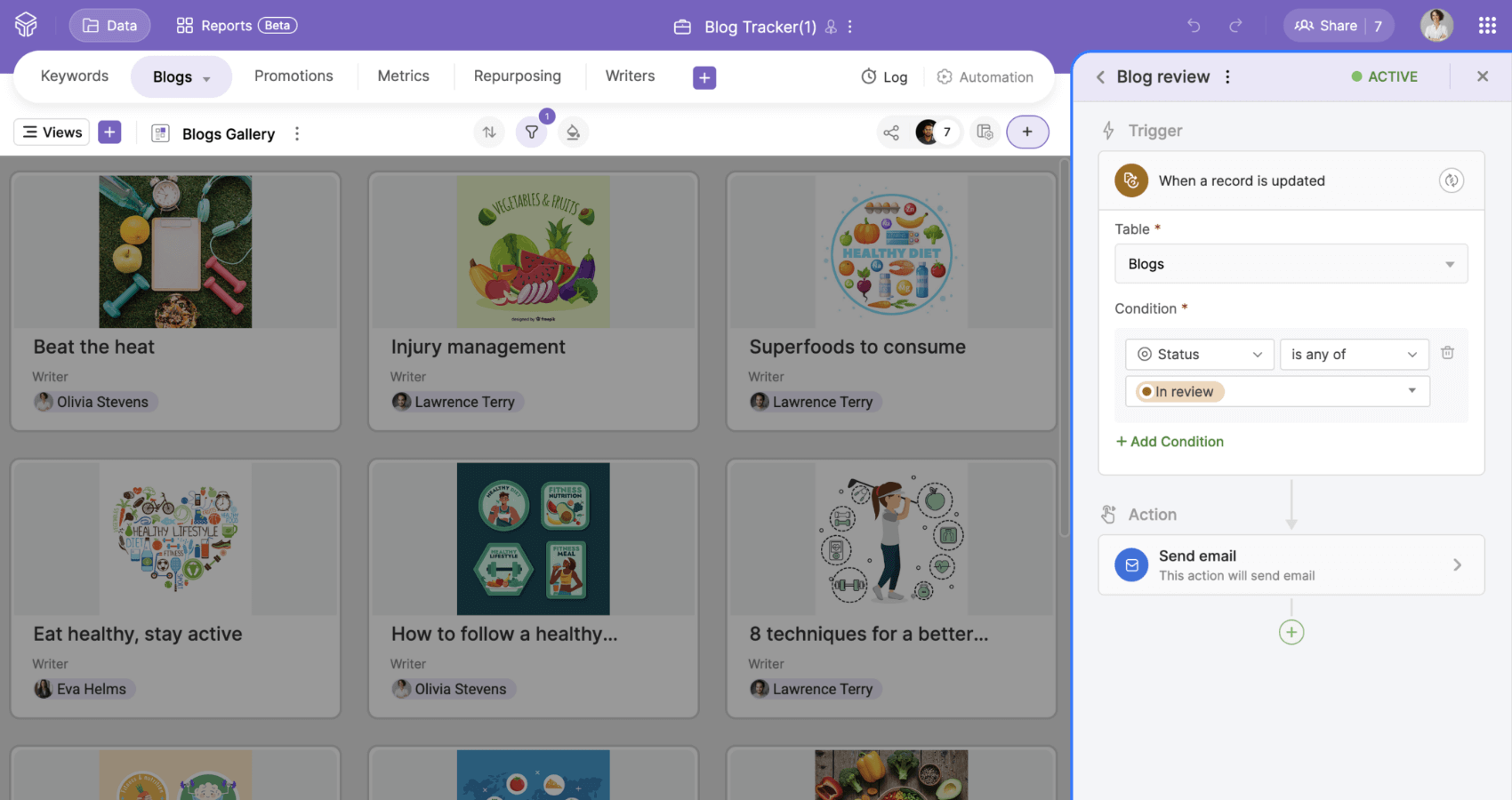
Search and filtering
As your data grows, finding the correct information quickly becomes tricky. Spreadsheets require formulas like VLOOKUP or HLOOKUP, which can be difficult for beginners to use and remember. In a spreadsheet-database hybrid, filtering and search are built to be simple and intuitive, allowing you to cut through the clutter and surface only what you need.
Whether narrowing down tasks by status, filtering leads by region, or searching for a specific record, you gain instant clarity without sifting through endless rows. You can also create personalized views that can be shared with specific team members without letting them access all the data.
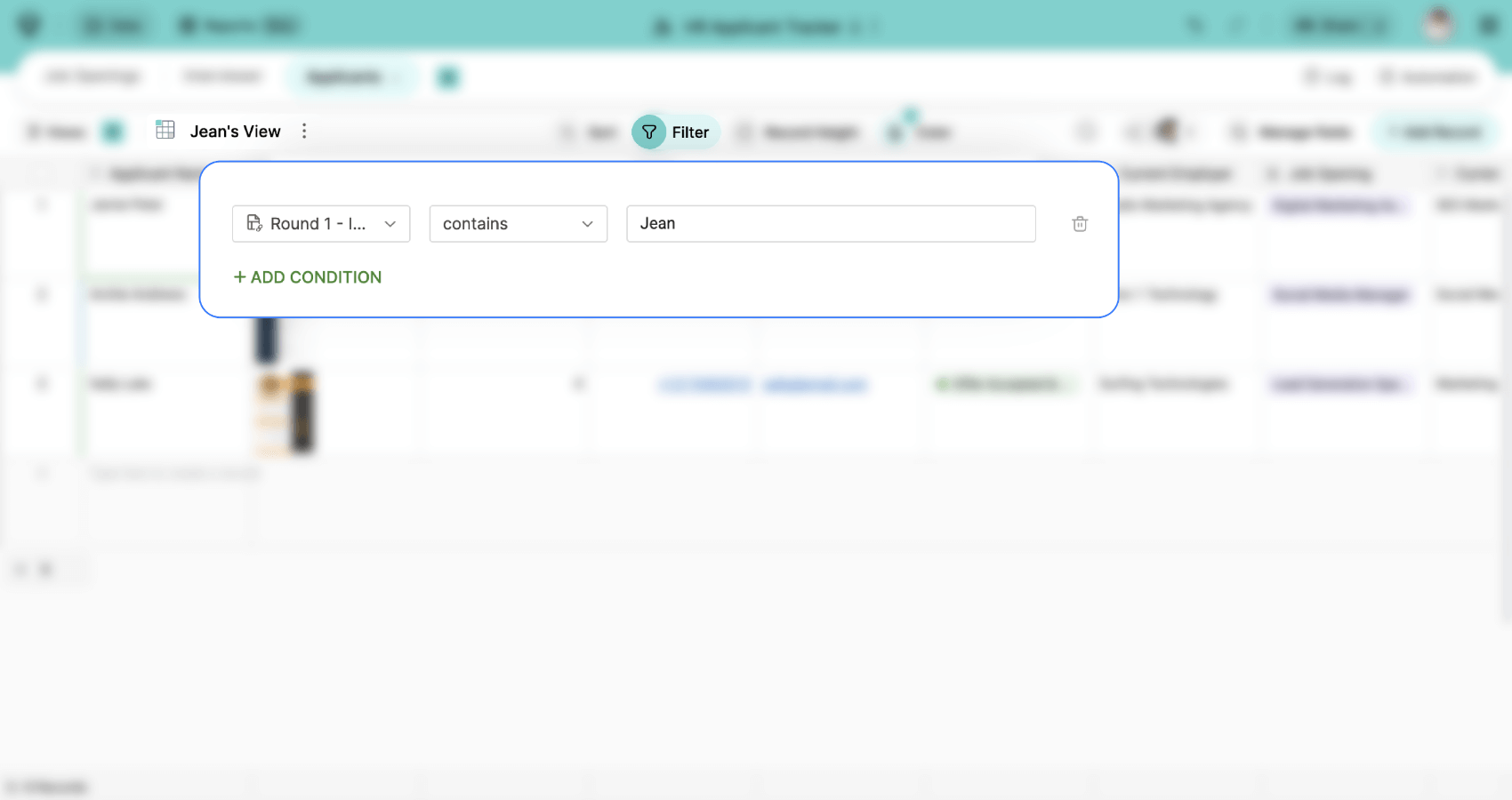
Permissions and Security
Not everyone needs full access to your data. A hybrid setup gives you control over who can view, edit, or manage. That way, sensitive information stays protected while your team still works together seamlessly.
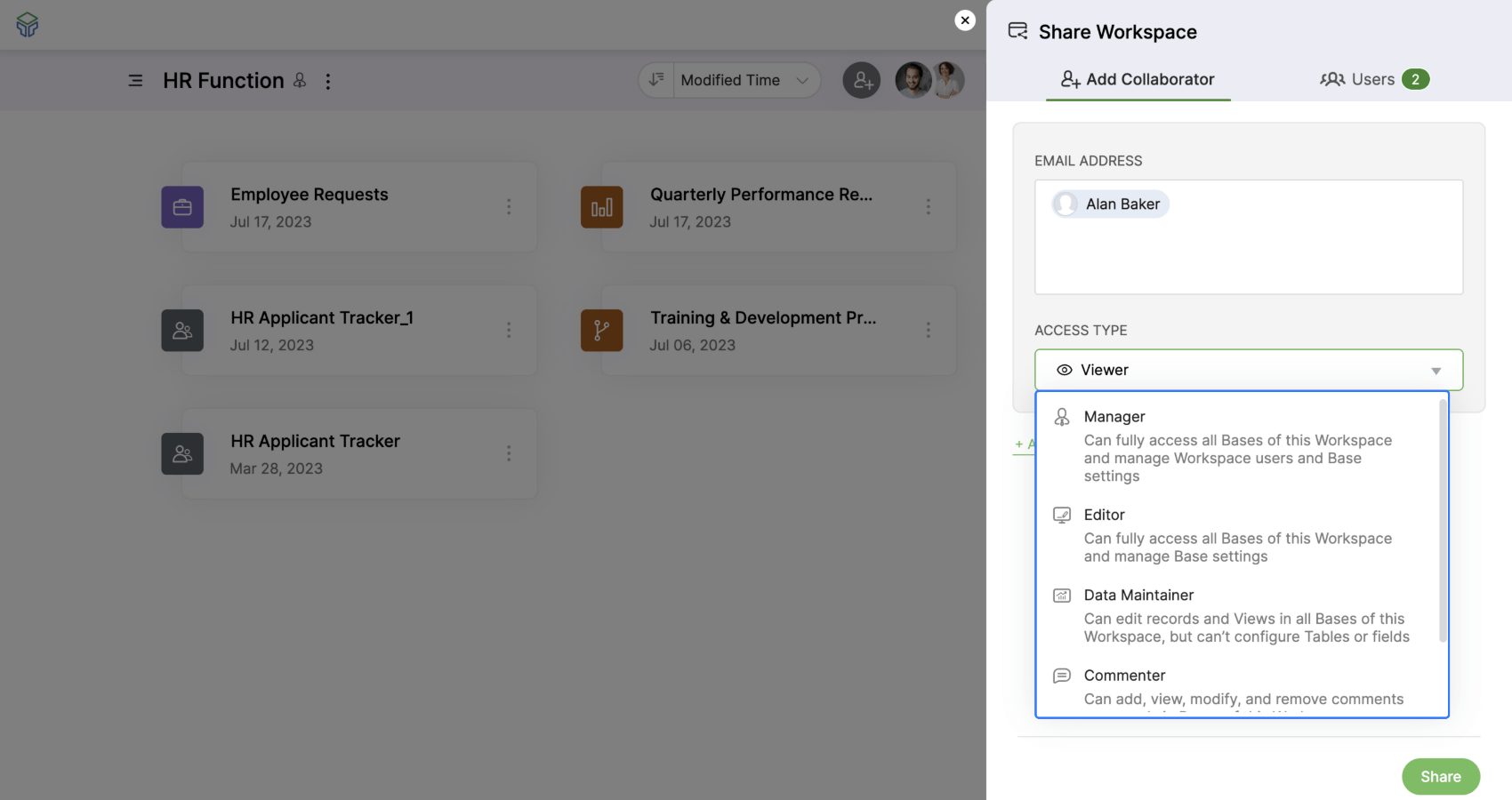
Integrations
Spreadsheets often live in isolation; but hybrids connect natively with the other apps you use, from project management tools to communication platforms. Your data flows where you need it, and no extra exports or hacks are required.
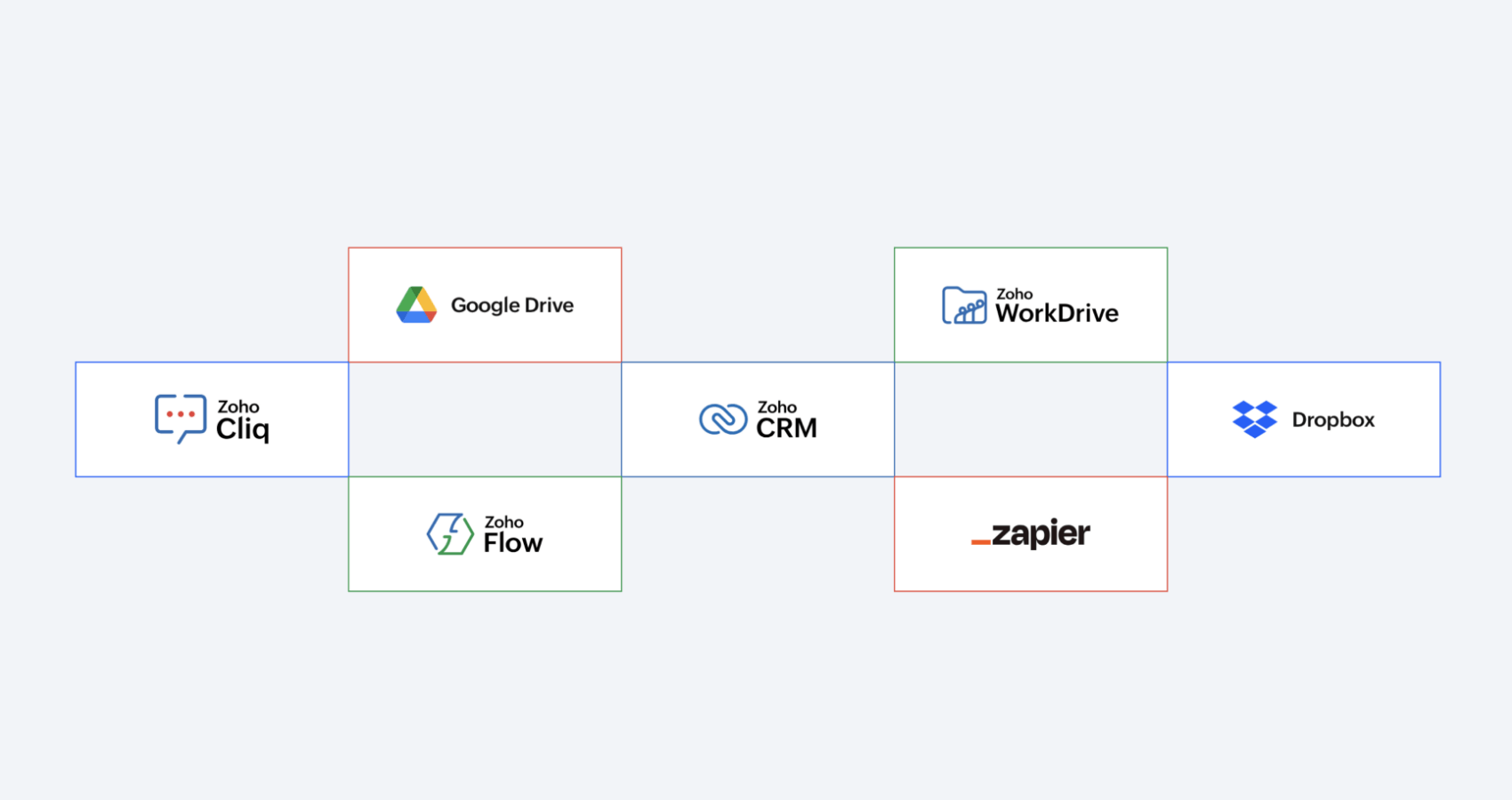
Reports
Reporting in spreadsheets often requires exporting data or manually building charts. A spreadsheet-database hybrid lets you quickly generate built-in reports with a simple drag-and-drop builder.
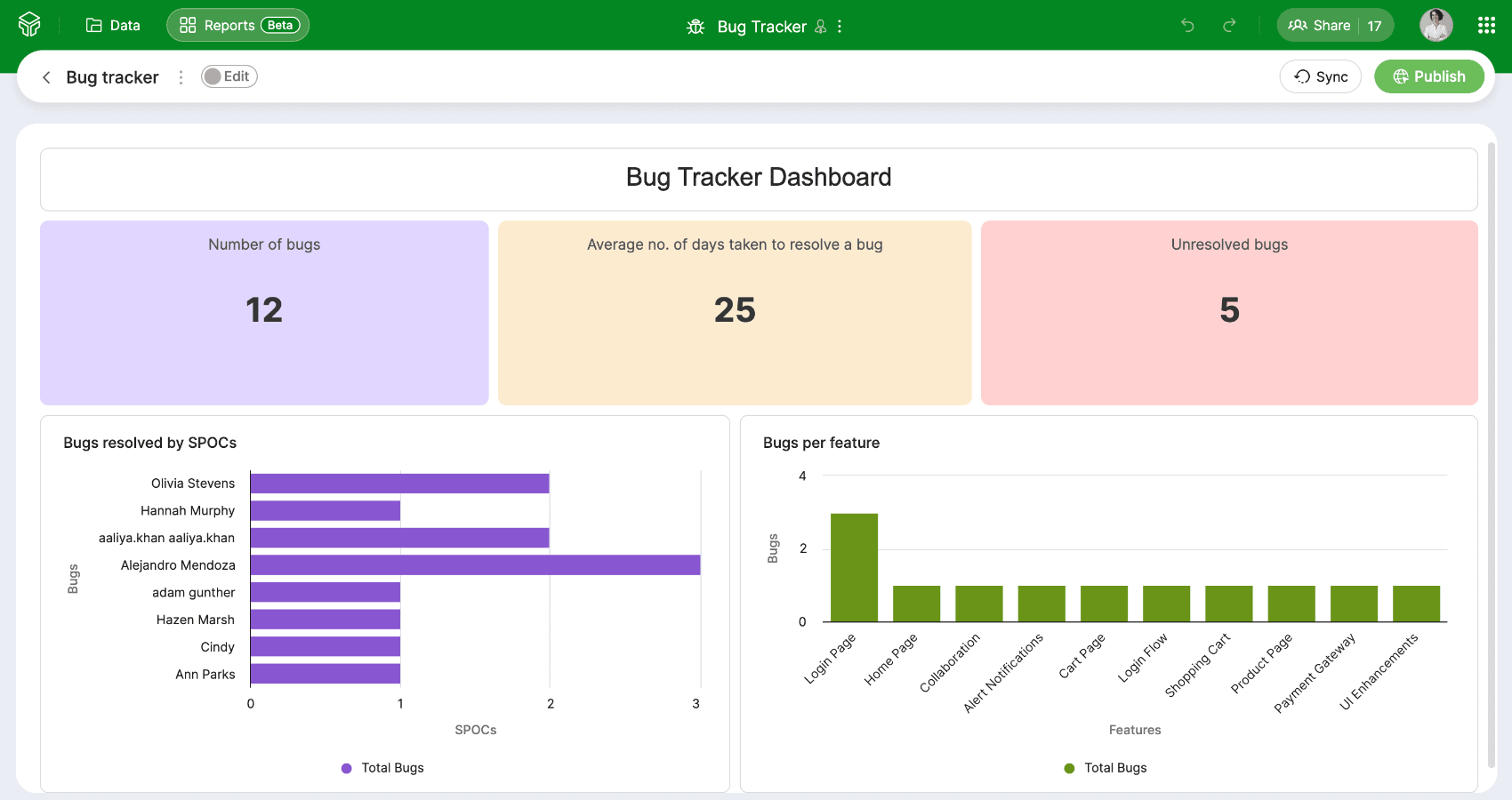
Benefits of using spreadsheet-database hybrids
Flexibility of a spreadsheet
The familiar grid view makes it easy to start working right away. You can enter and edit data without a learning curve, giving your team flexibility to set up processes quickly.
Power of a database
Organizing complex data becomes easier with linked records. They let you connect data in ways that match your workflow and build a system that grows with your needs.
Improved data management
Structured and connected tables pave the way for a single source of truth. This ensures data stays accurate, making it easier to trust and act on your information.
Efficient usage of time
Real-time collaboration keeps everyone on the same page, avoiding the need to juggle multiple applications. Automated workflows handle repetitive tasks so teams spend less time on manual tasks and more on meaningful work.
Enhanced efficiency
A spreadsheet-database hybrid is built to handle more records and complex relationships as your business grows. It keeps things running smoothly and scales effortlessly with you.
Mobile access
A dedicated mobile experience means you can view, update, and collaborate on data wherever you are. Work continues seamlessly, whether you're in the office, on-site, or on the move.
AI assistance
Imagine typing your problem statement and watching AI build the solution in minutes. In modern spreadsheet-database hybrids, built-in intelligence works like a free consultant, helping you instantly create tables, link fields, and organize data.
What to consider when choosing a spreadsheet-database hybrid tool
Ease of Use
Pick a tool that feels simple from the start. A clean and intuitive interface will help your team adopt it quickly.
Scalability
Even small teams can quickly outgrow tools. Choose one that easily scales with your team size and data volume.
Pricing
Look for pricing that fits your budget today and works as you expand. Most tools offer tiered plans, so find the one that meets your needs without waste.
Customizations
Every business operates differently. Choose a tool that allows you to design tables, fields, and automations that fit your unique processes instead of forcing you into rigid templates.
Support and community
Great tools come with great support. Reliable assistance and an active user community make learning, solving problems, and sharing ideas easier.
Free Trial
The best way to know if a spreadsheet-database hybrid is right for you is to try it. A free trial lets you explore features, test workflows, and see how well it fits your team.
The spreadsheet-database hybrid from Zoho
Zoho Tables is a spreadsheet-database hybrid built for the way modern teams work. It looks as simple as a spreadsheet but has the power of a database at its core, helping you organize, connect, and scale your data without the chaos.
With Zoho Tables, you can:
Keep data structured, connected, and easy to navigate
Turn processes into workflows that actually move work forward
Keep everyone aligned with a single source of truth
Eliminate repetitive tasks with simple automations
Unlock insights that guide better, faster decisions



